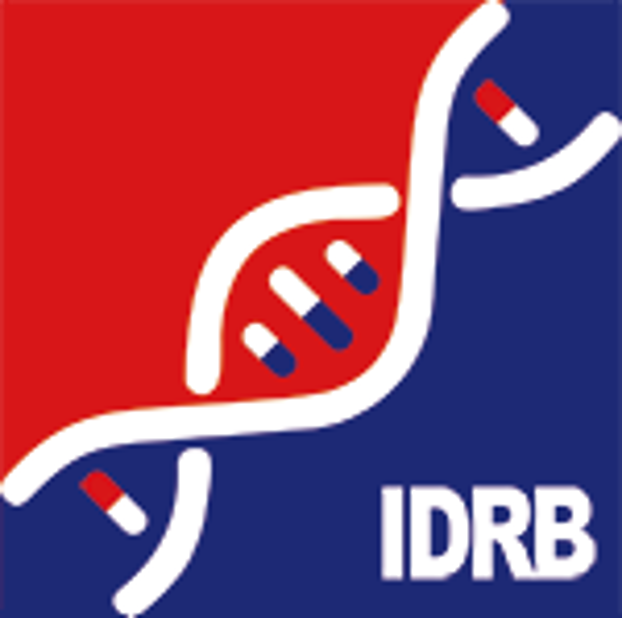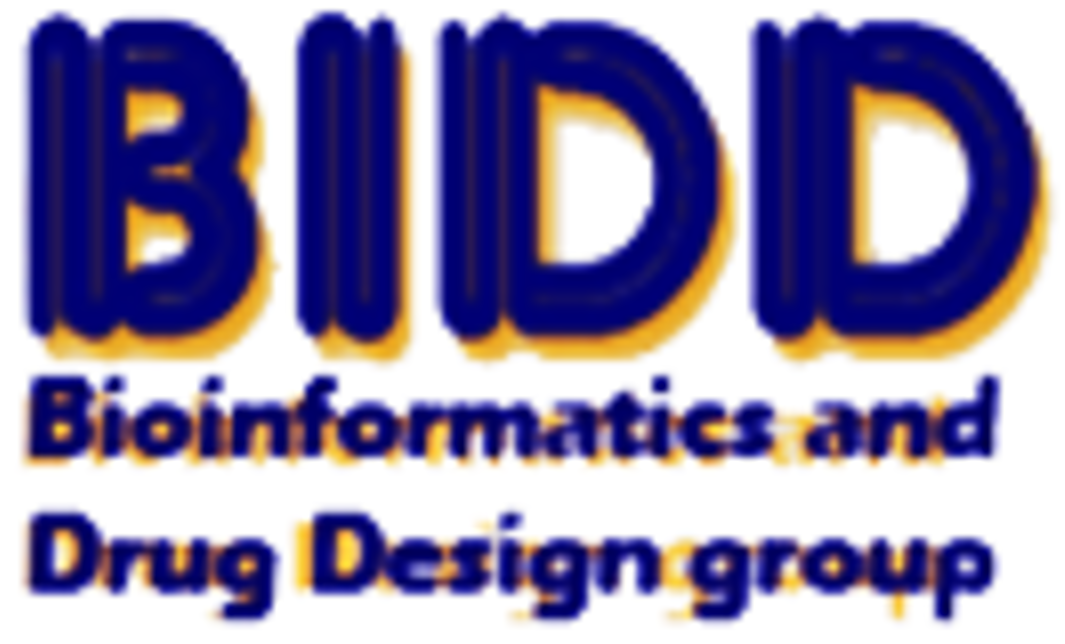Binding Site Information of Target
| Target General Information | Top | ||||
|---|---|---|---|---|---|
| Target ID | T02484 | Target Info | |||
| Target Name | Pyridine nucleotide transhydrogenase (NNT) | ||||
| Synonyms | Nicotinamide nucleotide transhydrogenase; NAD(P) transhydrogenase, mitochondrial | ||||
| Target Type | Literature-reported Target | ||||
| Gene Name | NNT | ||||
| UniProt ID | |||||
| Drug Binding Sites of Target | Top | |||||
|---|---|---|---|---|---|---|
| Ligand Name: NADP+ | Ligand Info | |||||
| Structure Description | THE CRYSTAL STRUCTURE OF HUMAN TRANSHYDROGENASE DOMAIN III WITH BOUND NADP | PDB:1DJL | ||||
| Method | X-ray diffraction | Resolution | 2.00 Å | Mutation | No | [1] |
| PDB Sequence |
PMEISGTHTE
868 INLDNAIDMI878 REANSIIITP888 GYGLCAAKAQ898 YPIADLVKML908 TEQGKKVRFG 918 IHPVAGRMPG928 QLNVLLAEAG938 VPYDIVLEMD948 EINHDFPDTD958 LVLVIGANDT 968 VNSAAQEDPN978 SIIAGMPVLE988 VWKSKQVIVM998 KRSLGVGYAA1008 VDNPIFYKPN 1018 TAMLLGDAKK1028 TCDALQAKVR1038 ES
|
|||||
|
|
GLY889
3.170
TYR890
2.685
GLY891
3.401
ALA894
4.122
ALA895
3.580
PRO921
4.462
VAL922
2.855
ALA923
3.007
GLY924
3.106
ARG925
2.969
MET926
2.932
PRO927
2.932
GLY964
3.317
ALA965
3.455
ASN966
2.902
|
|||||
| Ligand Name: NADPH | Ligand Info | |||||
| Structure Description | recombinant human heart transhydrogenase dIII bound with NADPH | PDB:1U31 | ||||
| Method | X-ray diffraction | Resolution | 2.20 Å | Mutation | No | [2] |
| PDB Sequence |
PMEISGTHTE
32 INLDNAIDMI42 REANSIIITP52 GYGLCAAKAQ62 YPIADLVKML72 TEQGKKVRFG 82 IHPVAGRMPG92 QLNVLLAEAG102 VPYDIVLEMD112 EINHDFPDTD122 LVLVIGANDT 132 VNSAAQEDPN142 SIIAGMPVLE152 VWKSKQVIVM162 KRSLGVGYAA172 VDNPIFYKPN 182 TAMLLGDAKK192 TCDALQAKVR202 ES
|
|||||
|
|
GLY53
3.717
TYR54
2.764
GLY55
3.339
ALA58
3.990
ALA59
3.514
PRO85
4.857
VAL86
3.046
ALA87
3.240
GLY88
3.228
ARG89
2.885
MET90
3.336
PRO91
3.202
GLY128
3.171
ALA129
3.486
ASN130
3.391
|
|||||
| Ligand Name: [[(2R,3R,4R,5R)-5-(6-aminopurin-9-yl)-3-hydroxy-4-phosphonooxyoxolan-2-yl]methoxy-hydroxyphosphoryl] [(2R,3S,4R,5R)-5-(3-carbamothioylpyridin-1-ium-1-yl)-3,4-dihydroxyoxolan-2-yl]methyl phosphate | Ligand Info | |||||
| Structure Description | Crystal Structure Analysis of the DIII Component of Transhydrogenase with a Thio-Nicotinamide Nucleotide Analogue | PDB:1PT9 | ||||
| Method | X-ray diffraction | Resolution | 2.42 Å | Mutation | No | [3] |
| PDB Sequence |
PMEISGTHTE
32 INLDNAIDMI42 REANSIIITP52 GYGLCAAKAQ62 YPIADLVKML72 TEQGKKVRFG 82 IHPVAGRMPG92 QLNVLLAEAG102 VPYDIVLEMD112 EINHDFPDTD122 LVLVIGANDT 132 VNSAAQEDPN142 SIIAGMPVLE152 VWKSKQVIVM162 KRSLGVGYAA172 VDNPIFYKPN 182 TAMLLGDAKK192 TCDALQAKVR202 ES
|
|||||
|
Click to Show 3D Structure of This Binding Site
set background white;style ions nothing; color 8e8e8e;style chemicals nothing; select .TAP or .TAP2 or .TAP3 or :3TAP;style chemicals stick;color identity;select .A:53 or .A:54 or .A:55 or .A:58 or .A:59 or .A:85 or .A:86 or .A:87 or .A:88 or .A:89 or .A:90 or .A:91 or .A:128 or .A:129 or .A:130 or .A:131 or .A:132 or .A:162 or .A:163 or .A:164 or .A:165 or .A:166 or .A:167 or .A:168 or .A:169 or .A:170 or .A:171 or .A:188 or .A:189 or .A:190; color #00ffc7; zoom selection;set surface opacity 0.5;set surface Van der Waals surface;set mode all
|
GLY53
3.199
TYR54
2.600
GLY55
3.450
ALA58
4.069
ALA59
3.719
PRO85
4.811
VAL86
3.357
ALA87
3.103
GLY88
3.235
ARG89
3.060
MET90
3.202
PRO91
3.510
GLY128
3.374
ALA129
3.508
ASN130
3.022
|
|||||
| References | Top | ||||
|---|---|---|---|---|---|
| REF 1 | The high-resolution structure of the NADP(H)-binding component (dIII) of proton-translocating transhydrogenase from human heart mitochondria. Structure. 2000 Jan 15;8(1):1-12. | ||||
| REF 2 | Active-site conformational changes associated with hydride transfer in proton-translocating transhydrogenase. Biochemistry. 2004 Aug 31;43(34):10952-64. | ||||
| REF 3 | Interactions between transhydrogenase and thio-nicotinamide Analogues of NAD(H) and NADP(H) underline the importance of nucleotide conformational changes in coupling to proton translocation. J Biol Chem. 2003 Aug 29;278(35):33208-16. | ||||
If You Find Any Error in Data or Bug in Web Service, Please Kindly Report It to Dr. Zhou and Dr. Zhang.

